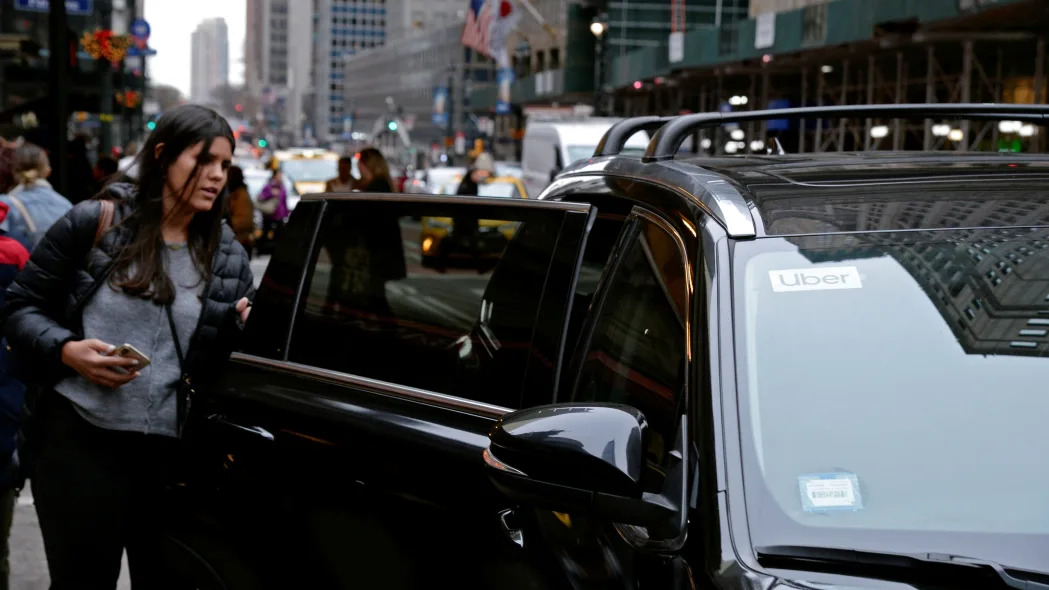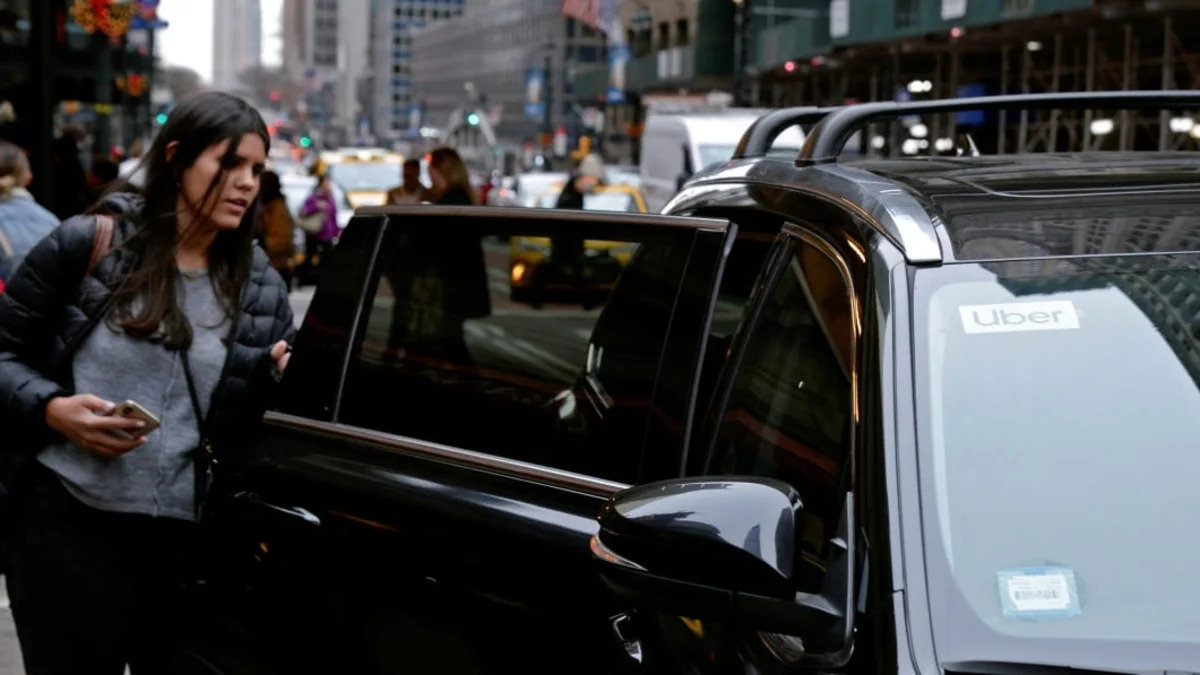- Some Uber and Lyft drivers say being picky about the rides they accept can help their bottom lines.
- Business Insider asked drivers whether declining certain rides is a good strategy for increasing pay.
- Cancelling trips can help drivers avoid situations that aren't profitable.
There's no cheat code for making money as an Uber or Lyft driver — but some have found strategies that work for them.
Drivers face endless decisions, including what time of day to work, what type of vehicle to use, how to net tips from customers, and the best way to track their earnings. One driver's optimal strategy can vary from another's based on their particular markets.
But one of a driver's most key decisions is when to accept a ride that pops up on their driving apps. Last year, Uber and Lyft adopted upfront fares programs in select US cities that have provided drivers with more information about their trips before they accept or decline them — including how much they pay, the estimated time and distance, and their destination.
Business Insider spoke with three drivers about when being selective with rides can boost their profits and when being less picky might be the best approach.
Accepting rides that pay at least $0.80 per mile and prioritizing airport trips can increase pay

Ken, a 36-year-old Uber and Lyft driver in Houston, drives about four to five hours per day — in addition to his full-time analyst job — to supplement his income. Last year, he earned a combined $25,000 driving for Uber and Lyft from about 2,000 trips, according to screenshots of earnings documents viewed by Business Insider.
While he accepts most rides, he said he prioritizes trips that pay at least $0.80 to $1.00 per mile, excluding vehicle expenses — a ride's base pay and distance are displayed on the app. He also tries to avoid trips that take him too far out of Houston because he worries he won't be able to find trips for the ride back. He calls these "empty miles."
"I have seen a 50-mile trip that only $20 was offered," Ken previously told Business Insider. "I wouldn't be doing that." He asked that his last name not be included for fear of professional repercussions.
Ken, who hasn't had much luck with customer tipping in recent months, said he tries to prioritize rides to and from the airport whenever possible because those customers are more likely to tip.
"When I get a ride to the airport, I count my blessings," he said.
Being picky with trips can help drivers avoid "one-way rides"

Bill, a part-time Uber driver in North Carolina, began driving for extra income after he retired six years ago. Last year, the 70-year-old earned over $28,000 across roughly 1,500 Uber trips.
But he won't accept just any ride.
"I spend a lot of time saying no," Bill, who asked to use a pseudonym and spoke on condition of anonymity for fear of professional repercussions, previously told Business Insider. Throughout his years driving for Uber, he's accepted less than 10% of his rides and canceled over 30% of them, according to a screenshot of his driver app viewed by Business Insider, to ensure he's getting rides that are worth his time.
Bill lives in an area where Uber's upfront fares program hasn't rolled out yet, so he has limited information about his trips before he accepts them. As a result, he does whatever he can to avoid "one-way rides" that take him to remote areas — where he is less likely to find another ride heading in his preferred direction.
To bypass these rides, Bill asks customers when he picks them up whether their destination is in the area. If they're headed out of town, he often makes an excuse for why he can't drive them.
However, his approach comes with some risks. Uber lists refusing or canceling a trip based on the driver's destination as something that could cause a driver to lose access to their account. Bill said he's heard of drivers being banned from airport pickups for canceling long rides, but that it hasn't happened to him yet.
Accepting most rides can help drivers land certain perks

Fred, a 40-year-old Uber driver in Virginia, first tried Uber in 2018 but paused his driving between 2019 and 2021. He started driving again midway through 2022 and made about $44,000 in about 3,000 trips, according to a screenshot of an earnings document viewed by Business Insider. This past September, he earned over $5,000.
Fred's main strategy as a driver is accepting nearly every ride — his lifetime acceptance rate is about 84%. He said he does this because it gives him the best chance to retain his Uber "diamond status," which offers various benefits, such as savings at select gas stations, through a rewards system. Fred said the best perk of his status is the dedicated customer support he receives.
"When I call Uber support, my call or messaging is handled promptly and professionally," he said. But if a driver doesn't care about these extra benefits, Fred said he understands why they would reject rides that don't seem profitable.
Are you a gig worker willing to share your story about pay, schedule, and tipping? If so, reach out to this reporter at jzinkula@insider.com.
